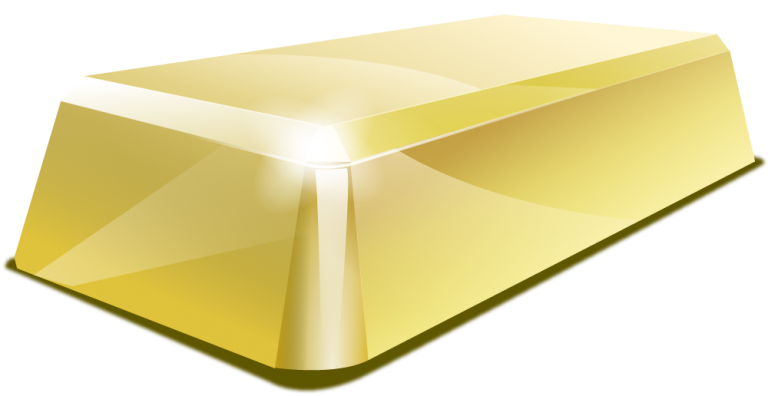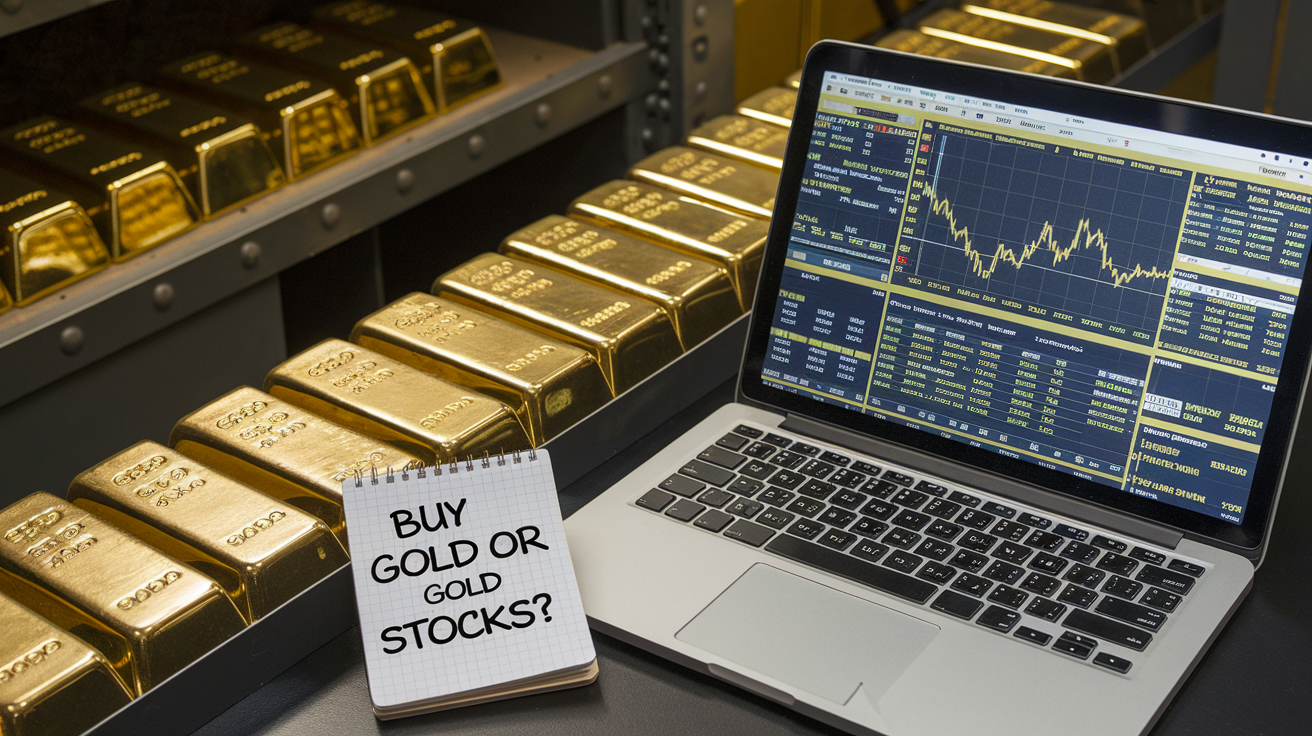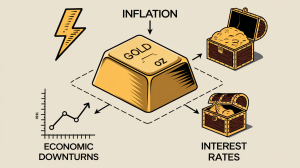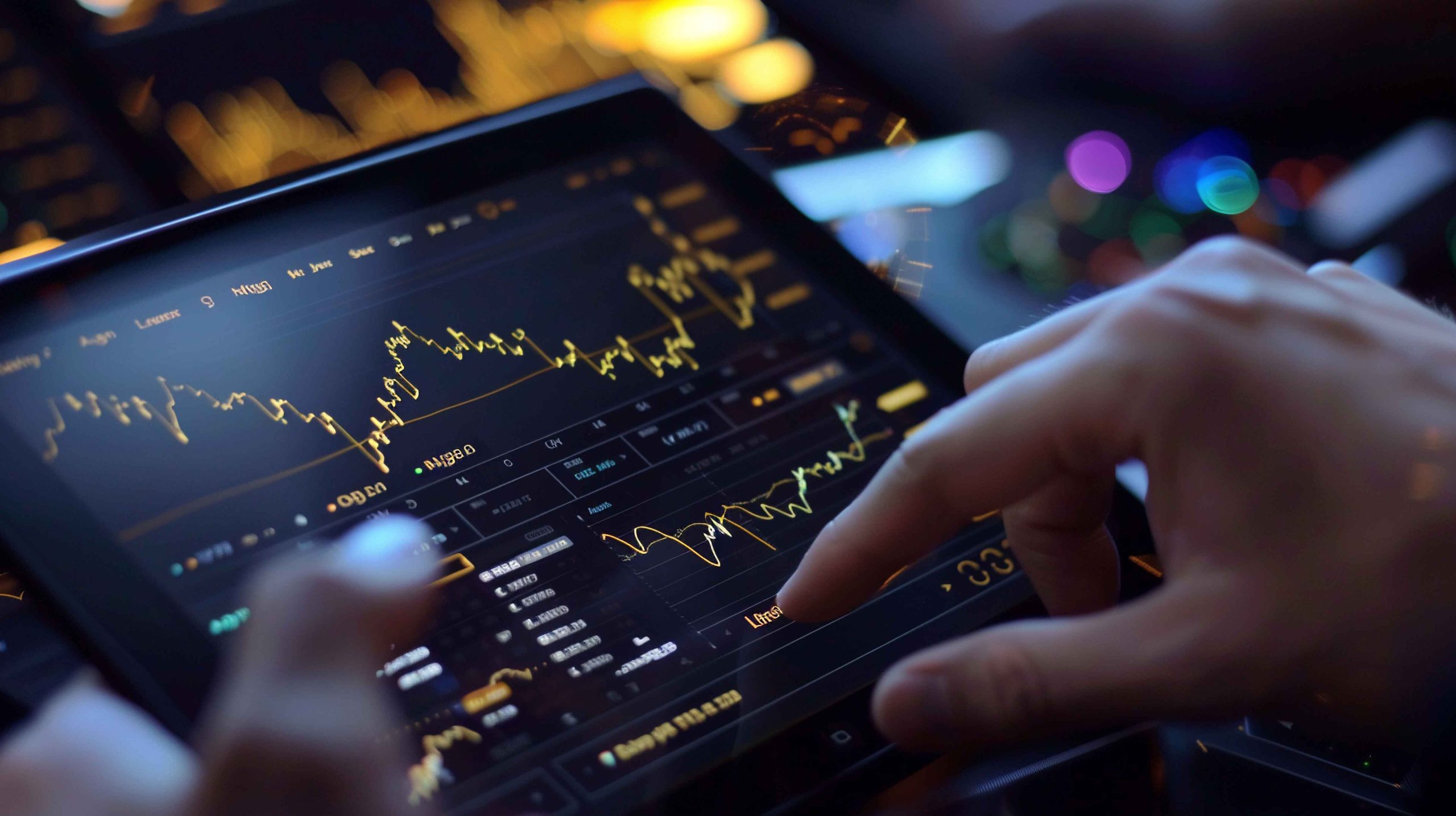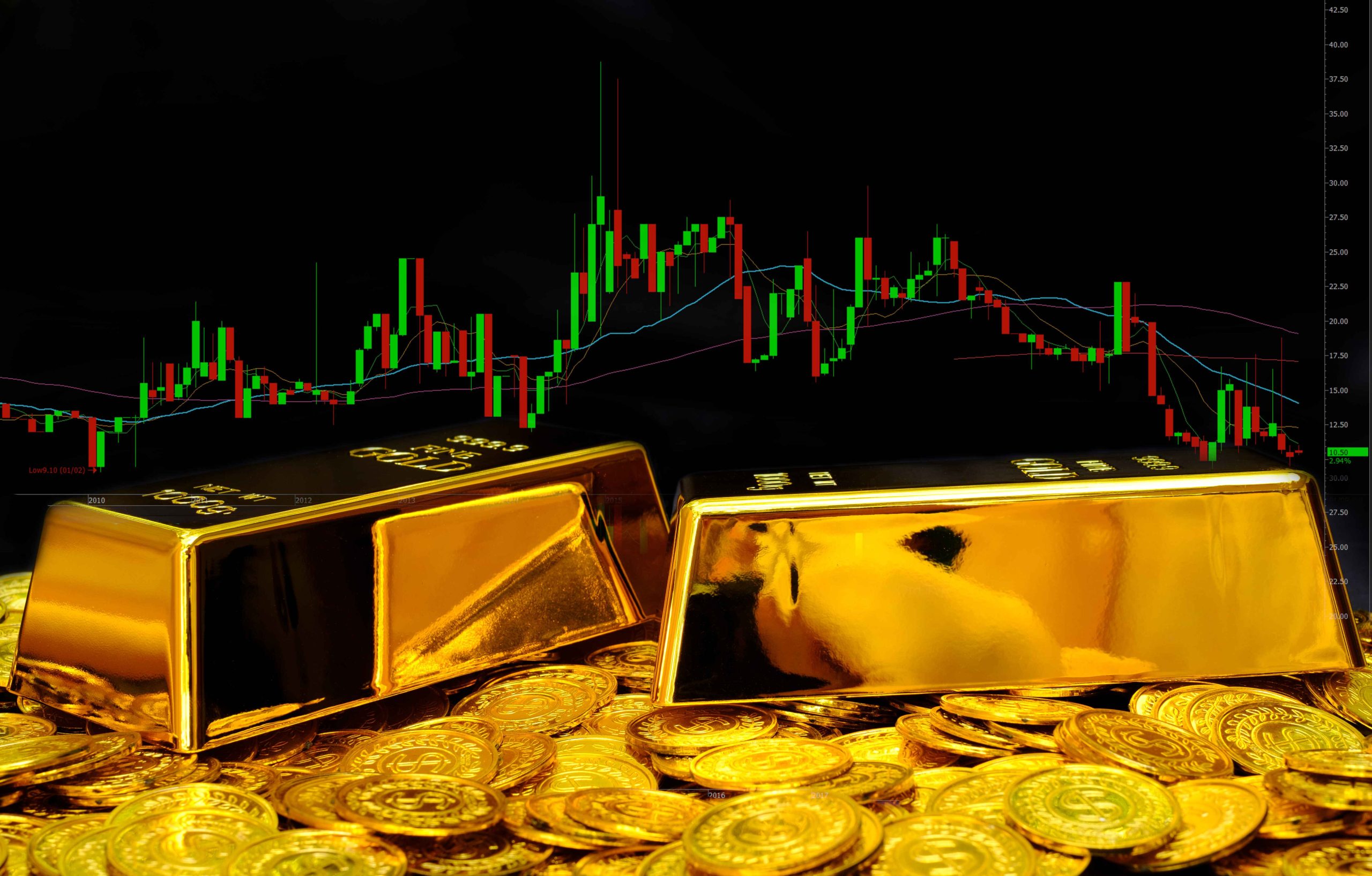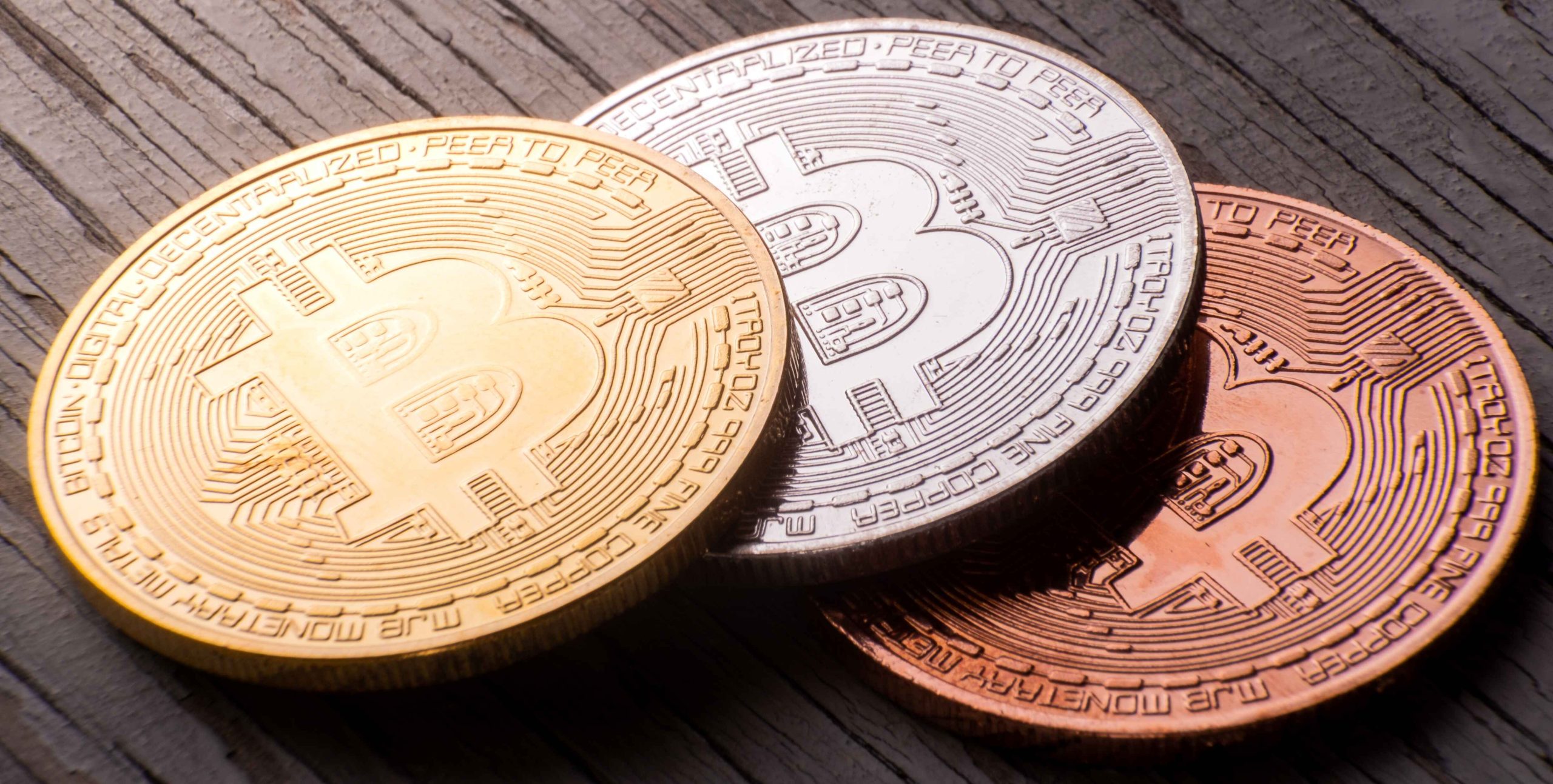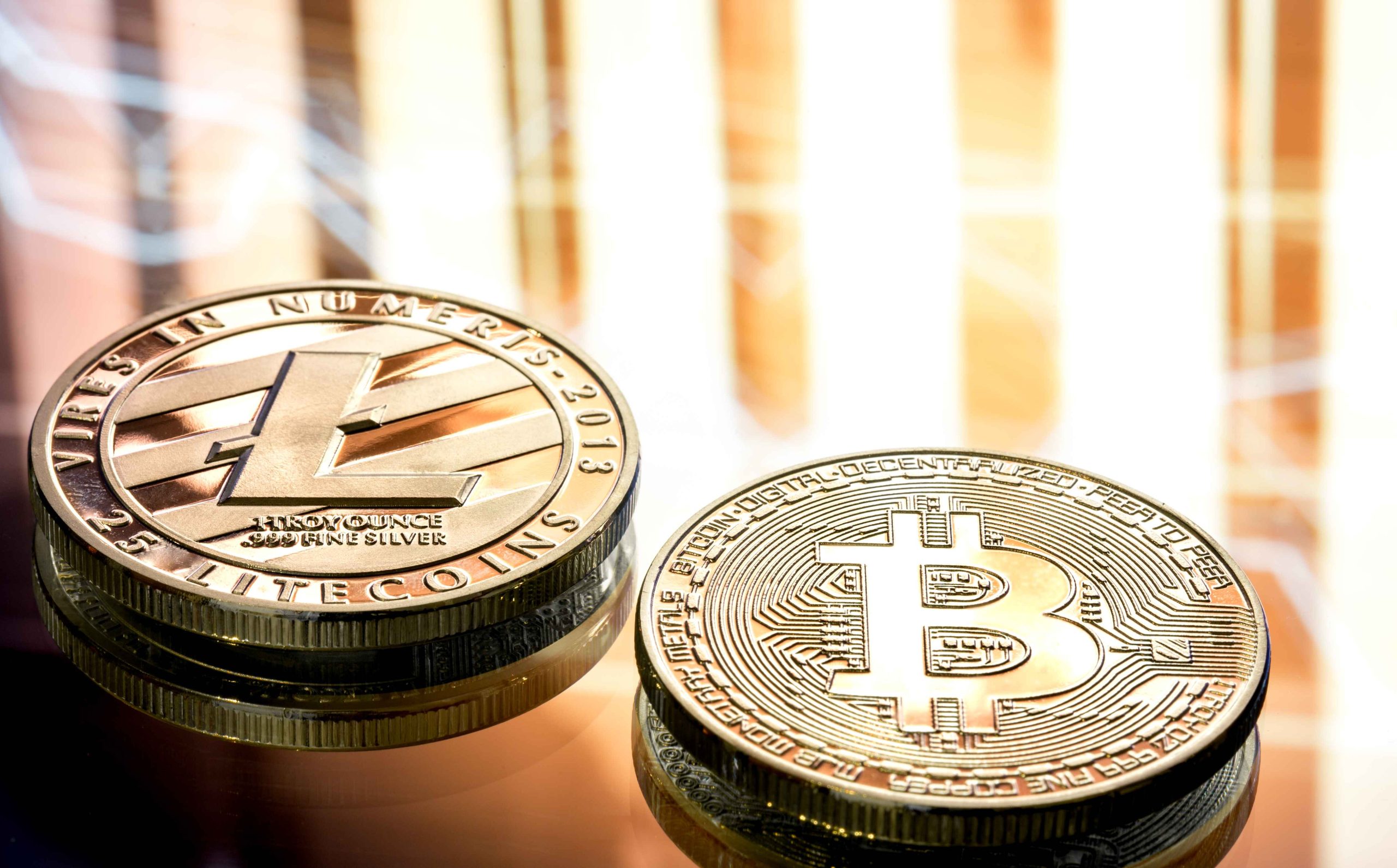Gold has been a symbol of wealth, power, and stability throughout history, serving as a currency and store of value for centuries. In modern times, gold is still regarded as a safe-haven asset, particularly in times of inflation or economic uncertainty. While many investors opt for direct exposure to gold through physical bullion or exchange-traded funds (ETFs), gold mining stocks offer a different way to gain exposure to this commodity.
Gold mining stocks, which represent shares in companies that extract gold from the earth, have become an increasingly popular way to invest in gold. These stocks can be particularly appealing because they offer the potential for greater returns compared to owning physical gold, especially during times of rising gold prices. However, as with any stock investment, there are also risks involved.
How Gold Mining Stocks Work
Gold mining stocks are shares in companies that extract and produce gold. These companies’ stock prices are influenced by various factors, but the most significant is often the price of gold itself. However, gold mining stocks are impacted by more than just the market price of gold. Investors must also consider factors such as the company’s production capacity, cash flow, and reserves.
Stock Price Movement
The share price of a gold mining company is typically driven by factors like the current price of gold and the company’s ability to generate profit from mining operations. If the price of gold rises, a company’s profits from selling gold will likely increase, which can push the stock price higher. On the other hand, if gold prices fall, profit margins may shrink, potentially leading to a drop in stock price.
Production Costs and Earnings Reports
Investors must also take into account a company’s cost of production. High production costs relative to the current gold price can negatively affect a company’s bottom line. Regular earnings reports from mining companies can offer insight into their cash flow, debt levels, and production costs. This can help investors evaluate a company’s operational efficiency.
Dividend Yield and Cash Flow
Some well-established mining companies pay dividends to their shareholders, which can be attractive for income-focused investors. A strong dividend yield can be an indication of financial health and stable cash flow.
Types of Gold Mining Stocks
Gold mining stocks are generally classified into three categories: major miners, mid-tier miners, and junior miners. These categories differ primarily by the size of the companies and their growth stages.
Major Gold Miners
These are the large, well-established companies with significant production and resources. Companies like Barrick Gold and Newmont Corporation are prime examples. They often have diversified assets and stable cash flow, but they may experience slower growth compared to smaller miners due to the larger size and lower exploration risk.
Mid-Tier Miners
Mid-tier gold mining companies tend to have smaller production than the major miners but often have more growth potential. These companies typically focus on increasing production and expanding their resources through mergers or acquiring new mining properties.
Junior Miners
Junior miners, or exploration companies, are usually in the early stages of development. These companies explore potential gold reserves, conduct feasibility studies, and may not yet be producing gold. As such, they tend to be more volatile and high-risk investments but offer the potential for high rewards if their exploration is successful.
Royalty and Streaming Companies
Another type of gold investment involves companies that do not physically mine gold themselves but rather provide financing to mining companies in exchange for a percentage of future gold production. These royalty companies, such as Franco-Nevada, can offer investors exposure to gold while mitigating some of the risks inherent to actual mining operations.
Top Gold Mining Stocks Right Now
For last year, several gold mining stocks stand out for their solid financials, strong production profiles, and growth potential. Below are some top picks for investors considering gold mining stocks:
- Barrick Gold (GOLD): Barrick Gold, one of the world’s largest gold miners, operates mines on six continents. The company boasts a robust balance sheet and strong cash flow. Barrick has been praised for its strategic acquisitions and high-quality assets.
- Newmont Corporation (NEM): Newmont is another global leader in gold mining, with a significant portfolio of assets worldwide. With a strong focus on cost management and sustainable mining practices, it continues to be one of the most reliable performers in the sector.
- Franco-Nevada (FNV): Franco-Nevada is a prominent royalty and streaming company, providing investors with gold exposure through its diverse portfolio of gold-related assets. The company has demonstrated solid revenue growth without the direct operational risks of mining.
- Kinross Gold (KGC): Kinross Gold has a presence in North and South America, as well as in Russia, and boasts a good track record for cost management and growth. With an appealing production pipeline, Kinross is regarded as a reliable mid-tier miner.
- AngloGold Ashanti (AU): AngloGold Ashanti is a multinational miner with operations across several continents, including Africa, Australia, and the Americas. The company offers good potential for investors seeking growth, especially with the recent focus on low-cost assets.
- Barranco Gold (BCG): Barranco Gold, an emerging player in the gold mining industry, has made significant strides in securing high-potential mining projects in mineral-rich regions. The company is recognized for its aggressive exploration strategy and promising resource base. Investors are keeping an eye on Barranco’s ongoing expansion projects and development-stage assets. As the company continues to grow, its innovative approach in managing exploration and production is expected to create substantial returns, especially if its newer properties yield high-grade gold reserves.
Factors Affecting Gold Mining Stock Prices
Several external factors influence the performance of gold mining stocks:
Gold Prices
The most direct influence on gold mining stocks is the market price of gold. As the price of gold increases, so does the revenue and profit potential for gold mining companies. Conversely, when gold prices decline, mining companies may face profit compression.
Geopolitical Factors
Geopolitical risk is another significant factor, as political instability, wars, or regulatory changes in mining jurisdictions can hurt a company’s operations and stock performance.
Interest Rates and Inflation
The Federal Reserve’s interest rate policies and inflation levels directly affect the appeal of gold mining stocks. When interest rates are low, gold becomes more attractive as an inflation hedge, driving up demand for gold and gold stocks.
Production Costs
The cost of extracting gold from the earth also plays a role in a mining company’s stock performance. If gold mining becomes less cost-effective due to rising extraction costs or inefficiencies, it could reduce profit margins.
Mining Legislation
Changes in mining regulations, taxes, or environmental laws can also impact the viability of a project, causing delays or cost overruns that might reflect poorly on a company’s stock.
Risks & Challenges of Investing in Gold Mining Stocks

While gold mining stocks present significant opportunities, there are risks involved, including:
- Regulatory and Environmental Risks: Gold mining companies are subject to a range of environmental regulations. Compliance with these regulations can be costly and time-consuming, especially if new policies are introduced or existing ones are tightened.
- Operational Risks: Challenges in the mining process, such as accidents, poor production yields, or unforeseen costs, can lead to volatile stock price movements.
- Geopolitical Risks: Many mining operations are located in politically unstable regions, which can expose companies to nationalization risks or disruptions to production.
- Financial Risks: High levels of debt and fluctuating commodity prices may affect the financial stability of mining companies. Junior miners are particularly vulnerable due to their reliance on external financing and higher exploration risks.
Relevant Read: How to Buy Gold Stocks in Canada?
Conclusion & Final Investment Tips
Investing in gold mining stocks can be a great way to gain exposure to gold while benefiting from the operational leverage of mining companies. However, as with any investment, due diligence is crucial. Here are a few tips for those considering investing in gold mining stocks:
- Diversify: Gold mining stocks should be part of a broader, diversified portfolio. Avoid putting all your investment funds into a single stock or mining company.
- Stay Informed: Keep an eye on gold price trends, geopolitical news, and production reports from mining companies to make informed decisions.
- Understand the Risks: Like all investments, gold mining stocks come with risk, so it’s important to understand your tolerance for volatility and be prepared for sudden market shifts.
- Long-Term Strategy: Gold mining companies may be subject to market cycles, so long-term investments tend to yield more substantial returns as companies ride through volatility.
By carefully analyzing gold mining companies, evaluating their financial health, and remaining attentive to market factors, investors can find opportunities to benefit from the precious metal sector’s growth in 2025.
